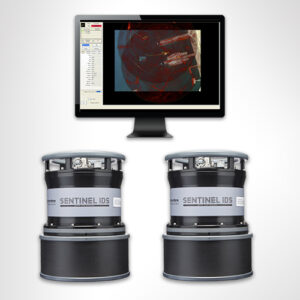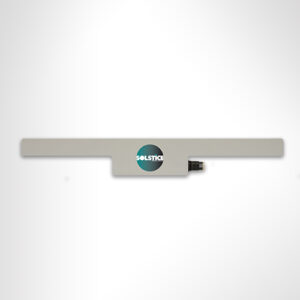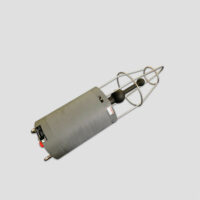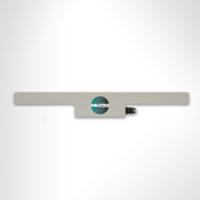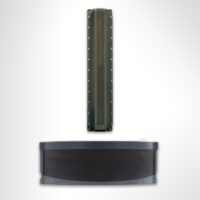Sonar, short for sound navigation and ranging, is a technology that involves the use of sound waves traveling underwater. Originally developed for anti-submarine warfare (ASW), tactical sonar is used for a variety of purposes including target and hazard detection, distance measuring, mapping, navigation, and communication.
Passive & Active Sonar
Military sonar systems can be classified into two basic types, active and passive. Active sonar uses an array of electro-acoustic transducers to generate a sonic pulse, or ping, and hydrophones to detect the echoes of the pulse. Distance measurements are made using the time taken to receive the echo, plus the known speed of sound in water.
Passive sonar does not generate any signals, and instead only listens for sound generated by other objects such as naval ships and submarines. Detected sound signatures can often help to classify the vessel that made the sound, and such classification may be performed manually by a sonar operator or via comparison to a sonic database. Due to the noise generated by many vessels, passive sonar hydrophone arrays may be towed a distance behind the ship.
Naval Sonar
Due to the fact that active sonar pulses can be detected by enemy forces, thus giving away location and other information, passive naval sonar is more commonly used, especially for submarines. Active sonar may be employed by fast-moving aircraft that can drop sonobuoys and then rapidly leave the vicinity.
UUVs (unmanned underwater vehicles) such as ROVs (remotely operated vehicles) and AUVs (autonomous underwater vehicles) may be equipped with sonar systems that allow them to navigate in murky waters, and may also be used for MCM (mine counter-measures).
Side scan and multibeam sonars may be used to map the seabed and characterize the underwater environment. In addition to hydrography, these systems can also be used to find shipwrecks or for MCM and UXO (unexploded ordnance) detection.





